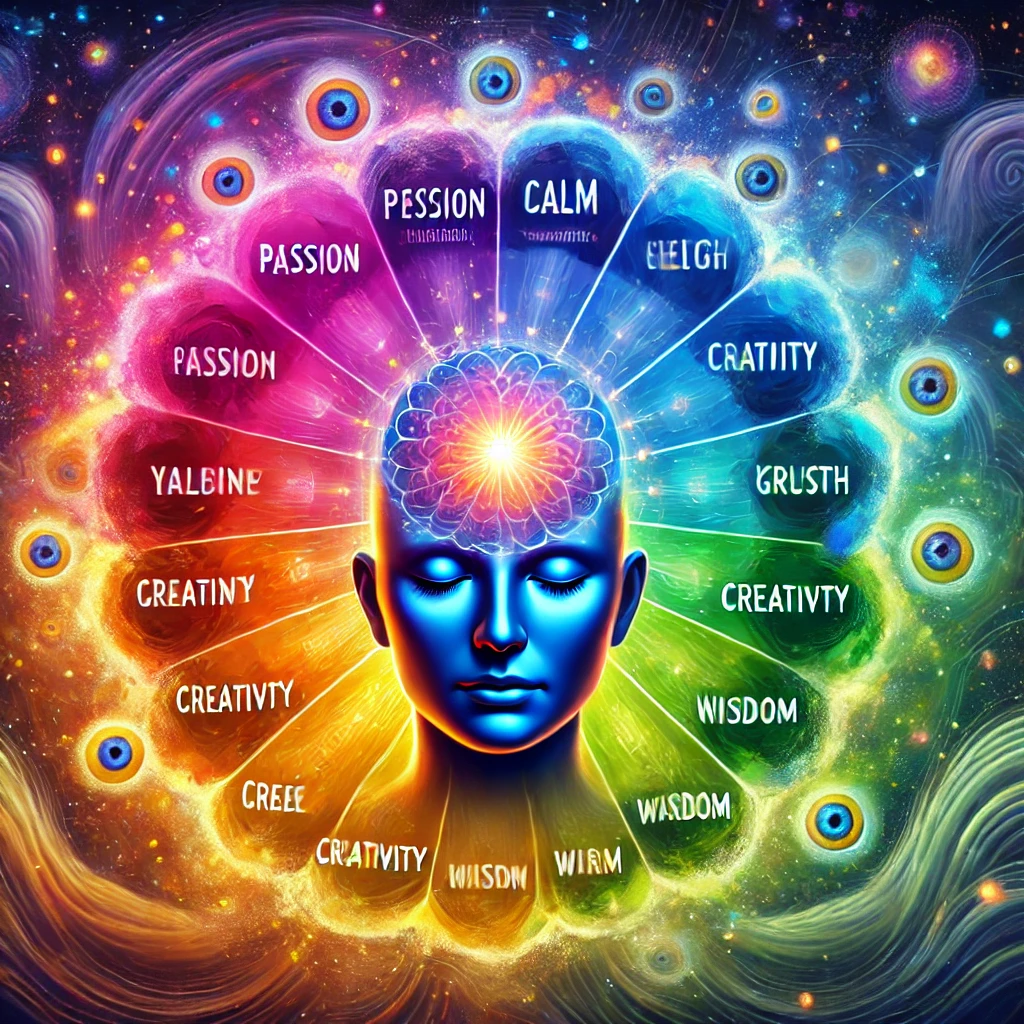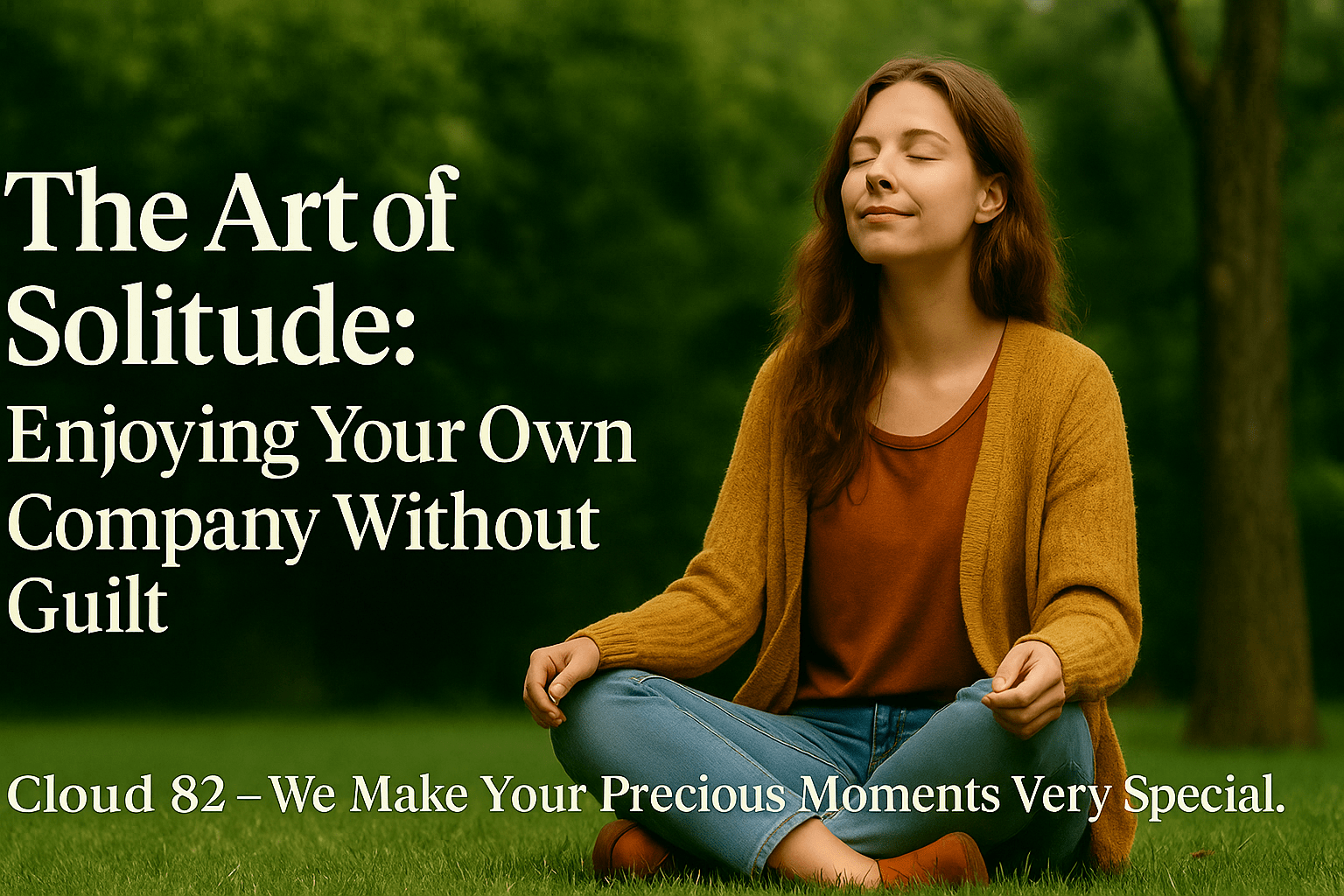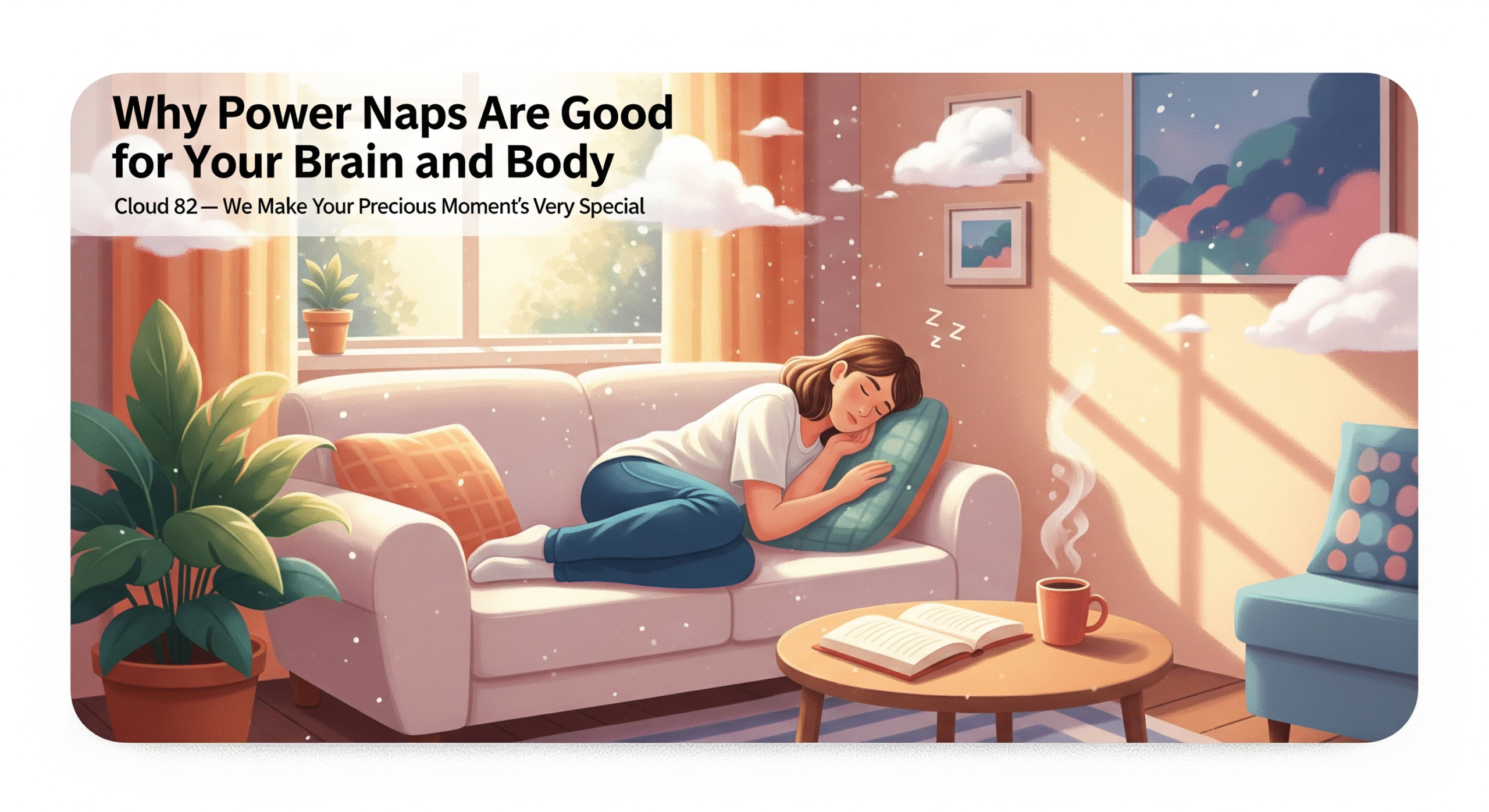🎨 “How Colors Influence Your Mind More Than You Think—The Science Behind It!”
Colors surround us every day, shaping our emotions, influencing our decisions, and even affecting our physical well-being. Whether we realize it or not, the colors we wear, the colors in our home, and the colors used in marketing and branding all have a profound psychological impact.
The psychology of color is widely used in various fields, including marketing, interior design, fashion, and even therapeutic practices. By understanding how colors influence our minds, we can make more intentional choices that enhance our mood, productivity, relationships, and overall well-being.

What This Blog Covers:
✅ The science behind color psychology.
✅ How colors affect mood, emotions, and decision-making.
✅ How to use colors to improve different aspects of life—home, work, relationships, and personal growth.
✅ The hidden meanings of colors across cultures.
Let’s explore the hidden power of colors and how understanding them can transform your life! 🎨✨
1. The Science Behind Color Psychology 🧠
A. How Colors Influence the Brain
Colors are more than just visual stimuli—they directly impact our emotions and cognitive functions. The limbic system, the part of the brain responsible for processing emotions, is highly responsive to colors.
🔹 Light and Wavelengths: Different colors have different wavelengths, which affect how our brain perceives and reacts to them.
🔹 Color in Marketing: Companies use colors strategically to evoke specific feelings—blue for trust, red for urgency, green for relaxation, and yellow for optimism.
B. The Emotional Impact of Colors
Each color carries a unique psychological effect:
✅ Red – Increases heart rate, stimulates appetite, and enhances passion.
✅ Blue – Lowers stress levels, improves concentration, and creates a calming effect.
✅ Yellow – Promotes happiness and creativity but can also cause anxiety in excess.
✅ Green – Represents nature, balance, and healing; commonly used in hospitals.
✅ Purple – Associated with creativity, wisdom, and spirituality.
✅ Orange – Inspires enthusiasm and energy, often used in fitness and social spaces.
2. How Colors Affect Your Mood and Emotions 🎨
A. Colors and Mental Well-Being
The colors we surround ourselves with can significantly influence our mental state.
🔹 Hospitals and therapy centers use green and blue to create a calming environment.
🔹 Fast food chains use red and yellow to stimulate appetite and energy.
🔹 Workspaces use blue and gray to promote focus and efficiency.
B. The Role of Colors in Stress and Anxiety Relief
Some colors help relieve stress and anxiety:
✅ Pastel colors (light blue, pink, lavender) promote relaxation.
✅ Earth tones (brown, beige, olive green) create a sense of stability and security.
✅ Cool tones (light gray, soft blue) are often used in meditation spaces.
3. How to Use Colors to Improve Your Life 🏡👗📱
A. Choosing the Right Colors for Your Home
Each room in your home should have colors that match its purpose:
🏡 Bedroom – Use blue, lavender, or soft gray for relaxation and better sleep.
🛋 Living Room – Choose warm tones like beige, peach, or soft green for a welcoming feel.
📖 Office/Workspace – Use white, blue, or gray to enhance focus and productivity.
🍽 Kitchen/Dining Area – Red and yellow can stimulate appetite and social interaction.
B. How to Use Color in Fashion to Boost Confidence
Your wardrobe can influence how you feel and how others perceive you:
👔 Power Dressing – Blue and black convey authority and confidence (often worn by CEOs).
🔥 Attraction & Boldness – Red is associated with passion and confidence.
🌸 Soft & Approachable – Pastels and neutral tones create a gentle, friendly vibe.
C. Colors in Personal Branding and Social Media
Major brands use colors strategically:
🔹 Red (Coca-Cola, Netflix) – Excitement and passion.
🔹 Blue (Facebook, Twitter) – Trust and reliability.
🔹 Yellow (McDonald’s, Snapchat) – Optimism and energy.
If you’re building a personal brand, choose colors that align with your message and personality.
4. The Hidden Meanings of Colors Across Cultures 🌍
A. Cultural Differences in Color Perception
Colors carry different meanings across the world:
✔ White – Purity and peace in Western cultures, but mourning in some Eastern cultures.
✔ Red – Passion in Western cultures, prosperity and luck in China.
✔ Yellow – Joy in the West, but associated with mourning in some Asian and Latin cultures.
B. Colors in Spiritual and Healing Practices
Many spiritual traditions associate colors with energy and healing:
🌈 Chakras and Colors:
🔴 Red (Root Chakra) – Stability and security.
🟠 Orange (Sacral Chakra) – Creativity and emotional balance.
🟡 Yellow (Solar Plexus) – Confidence and personal power.
🟢 Green (Heart Chakra) – Love and healing.
🔵 Blue (Throat Chakra) – Communication and truth.
🟣 Purple (Third Eye Chakra) – Intuition and wisdom.
⚪ White (Crown Chakra) – Spiritual enlightenment.
5. How to Use Color Psychology to Transform Your Life 🎯
Here’s how you can apply color psychology to enhance your daily life:
Step 1: Identify Your Emotional Needs
Ask yourself: Do you need more peace, energy, creativity, or focus? Choose colors accordingly.
Step 2: Make Small Color Changes
Start with small adjustments in clothing, home decor, or workspaces to test how they influence your mood.
Step 3: Observe How Colors Affect Your Mood
Keep a color journal to note how different colors impact your energy and emotions.
Step 4: Use Colors Intentionally
Adjust your environment and wardrobe based on what emotions you want to cultivate.
Conclusion 🌟
Colors have hidden powers that influence how we feel, think, and act every day. By understanding color psychology, we can make smarter choices in fashion, home design, branding, and even relationships.
Even small color changes can lead to big improvements in mood, confidence, and well-being.

Final Thought:
“Color is the silent language of emotions—learn to speak it fluently, and you’ll change your world!” 🎨✨💬 What’s your favorite color and how does it make you feel? Drop a comment below! 👇






